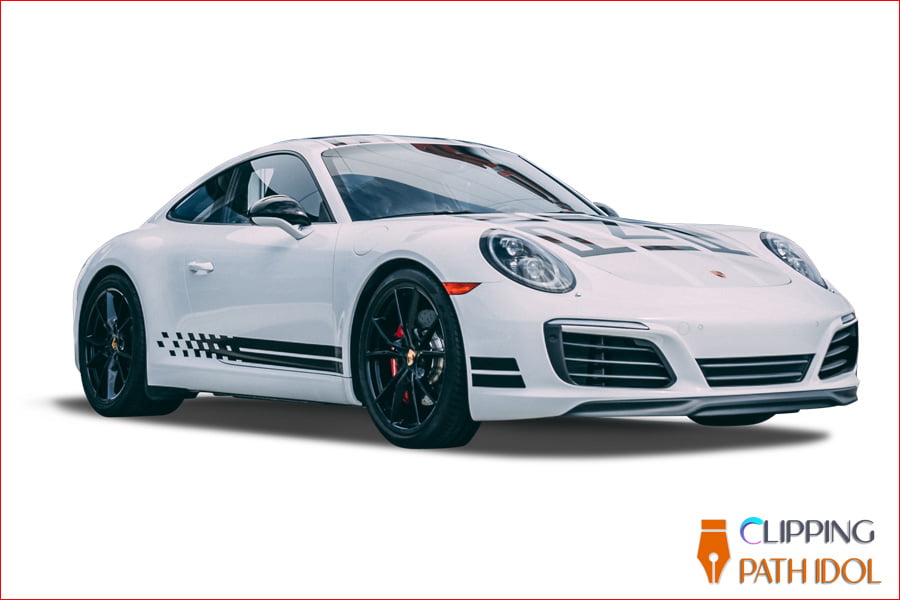Car photography blends creativity with technical expertise. It’s not just about having a fancy camera—it’s about how you see and capture the vehicle. The right image can evoke feelings of speed, luxury, or nostalgia.
When photographing cars, think about what story you want to tell. Is it the raw power of a muscle car or the elegant curves of a classic sedan? Your vision will guide your approach.
Essential Gear for Car Photography
While you don’t need the most expensive equipment, having the right tools helps. Here’s a basic checklist:
- Camera: A DSLR or mirrorless camera with manual settings.
- Lenses: A variety of lenses, including a wide-angle for full car shots and a telephoto for close-ups.
- Tripod: Essential for stable, long-exposure shots.
- Polarizing Filter: Reduces reflections and enhances car paint colors.
Mastering Lighting Techniques
Lighting can make or break a photo. Natural light during the “golden hour” (just after sunrise or before sunset) gives a soft, warm glow. Avoid harsh midday sun, which creates unflattering shadows.
For dramatic shots, try backlighting the car or using off-camera flashes to highlight specific features.
Choosing the Perfect Location
Location sets the scene. Consider these options:
- Urban Settings: Ideal for modern, sleek vehicles.
- Countryside: Perfect for rugged trucks or vintage cars.
- Neutral Backdrops: Like parking garages, to keep the focus on the car.
Always ensure the background complements the car without being distracting.
Angles Matter: Finding the Best Shots
Great car photography is all about angles. Experiment with these perspectives:
- Low Angles: Make the car appear powerful and dynamic.
- Three-Quarter View: Captures both the front and side for a balanced look.
- Detail Shots: Focus on unique elements like the headlights or logo.
Capturing Motion and Action Shots
Want to convey speed? Use these techniques:
- Panning: Follow the moving car while using a slower shutter speed for a blurred background.
- Rolling Shots: Photograph the car while you’re moving in another vehicle.
- Freeze Action: Use a fast shutter speed to capture sharp images of speeding cars.
Editing for Maximum Impact
Post-processing enhances your photos. Focus on:
- Color Correction: Adjust hues to make the car pop.
- Clarity and Sharpness: Emphasize fine details.
- Removing Distractions: Clean up background clutter for a polished look.
Highlighting Car Details
Details tell the story. Capture close-ups of:
- Wheel rims and tires
- Emblems and logos
- Interior features, like leather seats or dashboard designs
Storytelling Through Car Photography
A great photo tells a story. Consider the car’s personality. Is it adventurous, luxurious, or nostalgic? Frame your shots to reflect that essence.
Common Mistakes to Avoid
Even pros make mistakes. Avoid these pitfalls:
- Reflections: Watch for unwanted reflections in the car’s glossy surface.
- Cluttered Backgrounds: Keep the focus on the vehicle.
- Overediting: Enhance, don’t overdo. Natural beauty wins.
Practical Tips for Beginners
Starting? Here are simple yet powerful tips:
- Practice during golden hour.
- Shoot from various angles.
- Experiment with manual camera settings.
Advanced Techniques for Pros
Ready to level up? Try these advanced moves:
- Light Painting: Use a flashlight to “paint” the car in long-exposure shots.
- HDR Photography: Capture multiple exposures and blend them for rich detail.
- Composite Shots: Combine different images for flawless scenes.
Building a Car Photography Portfolio
Showcase your best work in a portfolio. Include diverse shots, such as full car images, detail close-ups, and action scenes. A strong portfolio helps attract clients and projects.
Sharing Your Work: Social Media & Beyond
Get your photos noticed. Share on platforms like Instagram and Pinterest. Use relevant hashtags, like #carphotography, to reach a wider audience.
Conclusion: Your Journey in Car Photography
Car photography is a rewarding mix of art and science. With the right techniques and practice, you can capture the beauty and power of every vehicle. Grab your camera, find a stunning car, and start shooting!
FAQs
1. What is the best time of day for car photography?
The golden hour (just after sunrise or before sunset) offers the most flattering light for car photography.
2. What camera settings should I use for car photography?
Use manual mode, a low ISO (100-400), a fast shutter speed for motion shots, and an aperture around f/8 for sharpness.
3. How do I avoid reflections in car photos?
Use a polarizing filter and change your shooting angle to reduce unwanted reflections on the car’s surface.
4. What are the essential gear items for car photography?
A quality camera, multiple lenses (wide-angle and telephoto), a tripod, and a polarizing filter are must-haves.
5. How can I make my car photos stand out on social media?
Focus on unique angles, edit for vibrant colors, and use trending hashtags like #carphotography to increase visibility.


